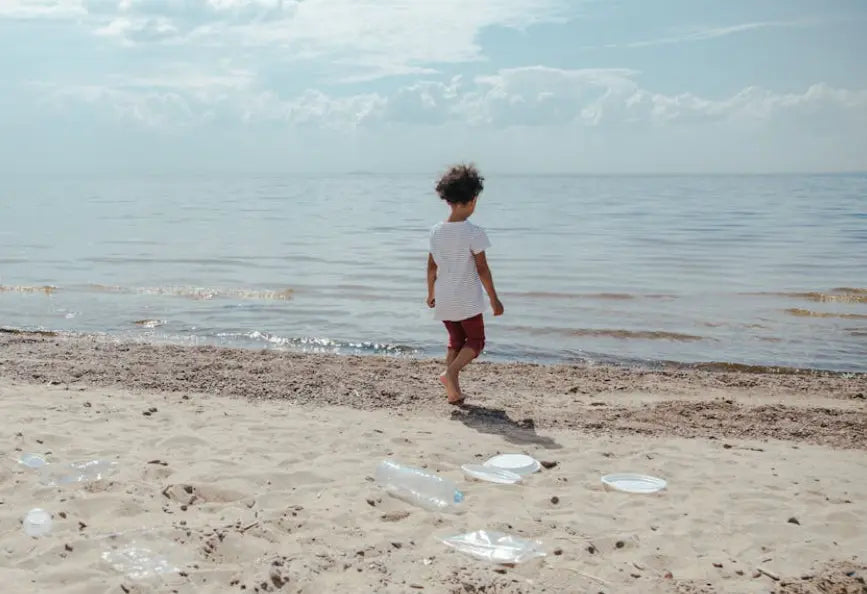The Aegean Sea, known for its breathtaking beauty and rich marine biodiversity, faces a significant threat from marine debris. Plastic waste and other forms of garbage not only harm the ecosystem but also affect local economies reliant on fishing and tourism. Fortunately, technology can play a vital role in addressing this environmental challenge. One effective approach is using GPS tracking devices to monitor and manage garbage in the Aegean Sea. Here’s how you can do it.
Understanding the Challenge
Before diving into methods, it’s important to understand the types of garbage typically found in the Aegean Sea. Common items include:
- Plastic bags and bottles
- Fishing nets and gear
- Metal and glass waste
- Household items
The accumulation of these materials seriously impacts marine life and poses risks to human health. To combat this issue, tracking the movement and density of garbage through GPS technology can provide critical data for cleanup efforts and policy-making.
Step-by-Step Guide to Using GPS Tracking Devices
1. Choose the Right GPS Tracking Device
Selecting a GPS tracker suitable for marine environments is crucial. Two exceptional options are the Portable GPS Tracker S20 and S20 Pro, both designed to withstand the rigors of outdoor conditions and deliver real-time tracking capabilities.
Portable GPS Tracker S20
- Battery Life: Its battery lasts up to 10 days on a single charge, ensuring extended tracking during cleanup missions without frequent recharging.
- Real-Time Tracking: This device offers real-time location updates, allowing you to monitor the position of floating garbage effectively.
- Compact Size: Lightweight and easy to attach to buoys or other floating objects, the S20 won’t disrupt your tracking operations.
Portable GPS Tracker S20 Pro
- Enhanced Features: The S20 Pro comes with advanced features such as live tracking updates every few seconds and improved accuracy over the standard S20 model.
- Extended Battery Life: With a battery that can last up to 14 days, the S20 Pro is fitted for longer missions, ensuring that you capture sufficient data over time.
- Geofencing Alerts: Set up virtual boundaries and receive alerts when garbage drifts beyond designated areas, helping you manage cleanup efforts more effectively.
- Durable Construction: Specifically built for tough environments, the S20 Pro is ideal for marine uses with enhanced protection against elements.
2. Determine Tracking Locations
Identify specific areas in the Aegean Sea where garbage tends to accumulate. Collaborate with local researchers, fishermen, and environmental groups to gather insights on:
- Current marine currents and wind patterns
- Popular fishing areas and tourist spots
- Regions of high marine activity
Mapping these locations will help prioritize where to deploy trackers effectively.
3. Deploy the GPS Trackers
Once you’ve chosen your devices and identified locations, it's time to deploy the trackers. This can be done in several ways:
- Attach to buoys: Place trackers on buoys or floating devices that mark areas of concern.
- Integrate with vessels: Use the trackers on boats that regularly navigate the waters, providing a moving point of data collection.
- Coordinate with cleanup efforts: Involve volunteers or organizations conducting beach cleanups to integrate GPS tracking into their operations.
4. Monitor Data in Real Time
Once deployed, monitor the data collected from GPS trackers, which will provide insights such as:
- Movement patterns of garbage, indicating prevailing currents
- Garbage accumulation hotspots
- Trends over time in garbage presence and movement
Utilizing software tools to analyze the data will reveal critical patterns and help target clean-up efforts.
5. Collaborate and Take Action
Use the data gathered to inform local authorities, environmental organizations, and the community. Collaborate with stakeholders to:
- Organize cleanup missions in high-accumulation areas
- Develop educational programs on waste reduction
- Advocate for policy changes to improve waste management practices
6. Raise Awareness
Share findings with the public through social media, local news, and community forums. Highlighting the issue of marine debris not only raises awareness but also encourages local participation in conservation efforts.
Conclusion
Using GPS tracking devices, like the Portable S20 and S20 Pro, to monitor garbage in the Aegean Sea is an innovative and effective approach to addressing the pressing issue of marine debris. By accurately tracking waste, we can take informed action to preserve the beauty of this vital ecosystem. Together, we can work towards cleaner seas, healthier marine life, and a sustainable future for the Aegean region.
By leveraging technology and community engagement, we can make significant strides in combating garbage pollution. Let’s mobilize our efforts and ensure that the Aegean Sea remains a pristine marine paradise for generations to come.

Share:
The Importance of TrackerOne GPS Trackers for Locating Dogs
Exploring the Skies: Tracking Stratospheric Balloons with GPS Technology